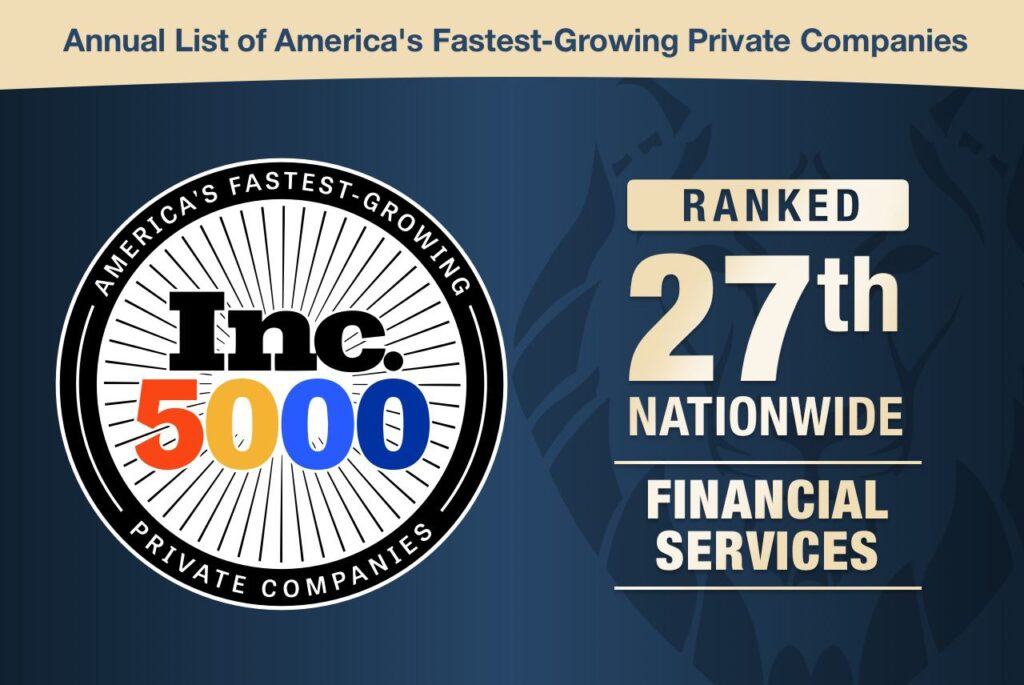Stagflation is Coming
There was a recent survey of global institutional investors who oversee $20 trillion of assets. 65% of them warned that stagflation is a bigger threat to the US economy than recession. Two thirds also predict inflation will remain high through next year. And half think the likelihood of a ‘soft landing’ is impossible. Persistent inflation and recession will usher in a long, painful period of stagflation.1
Stagflation is an economic cycle of stubborn high inflation combined with high unemployment and slow economic growth. The best-known example of stagflation occurred in the 1970s. It was caused in large part by the oil crisis. Stagflation is not a common part of the economic cycle. It contains conditions that are usually inversely related. When unemployment goes up, inflation should go down.
But the government disrupted the economic cycle. First, they created an asset bubble with near-zero interest rates. Then, they needed to stimulate the economy during the pandemic. So, they increased the money supply and bought up securities. When inflation hit a 40-year high, they drastically raised interest rates. As of December 9th, the Fed boosted rates an almost unheard of six consecutive times. And they reaffirmed that the hikes would continue thru 2023. Thus, the conditions for these opposing forces to fuel each other now exist.
This coming period of stagflation may be worse than the 70s. Debt levels are much higher now. This means the Fed’s rate hikes are going to be even more harmful.
Stagflation is hard to fix because correcting one aspect hurts another. The Fed needs unemployment to rise to quell inflation. But if it goes too high, policies to lower unemployment will cause inflation to rise.
Nouriel Roubini is the chief economist at Atlas Capital. He predicted the 2007-2009 financial crisis. Roubini now predicts the Fed will ease rates too soon. As a result, inflation will persist. But borrowing costs will explode and growth will not return. He said, “The mother of all stagflationary debt crises can be postponed, not avoided.”
Roubini continued, ““There will be a hard landing — a deep, protracted recession — on top of a severe financial crisis. As asset bubbles burst, debt-servicing ratios spike, and inflation-adjusted incomes fall across households, corporations, and governments, the economic crisis and the financial crash will feed on each other.” He notes that these conditions will destroy the wealth held in portfolios with a traditional ’60-40′ stock to bonds split.2
Mohamed El-Erian shares the same opinion. He is Cambridge’s Queens College president and chief economic adviser at Allianz. He said, “We’re not just headed for another recession, but a profound economic and financial shift. The U.S. is staring down the barrel of 1970s-style stagflation as economic growth slows and inflation remains elevated.”3
Gold and Stagflation
Gold is considered the best hedge against stagflation. The price of physical gold tends to rise as inflation increases. Gold prices climbed during the stagflationary 1970s. It surged from $100 per ounce in 1976 to around $650 in 1980 when inflation hit 14%.
Gold outperforms other asset classes during times of economic stagnation and higher prices. Of the four business cycle phases since 1973, stagflation is the most supportive of gold. It is also the worst for stocks. Stock investors get squeezed by rising costs and falling revenues. Gold returned 32.2% during stagflation compared to 9.6% for US Treasury bonds and -11.6% for equities. Analysts see gold having the potential to hit $2,800 within the year.4
Stagflation is one of the most dreaded conditions for the economy. High inflation coupled with economic decline destroys wealth, especially retirement funds. A Gold IRA can protect your savings until this turbulent economic period passes. Contact us today to learn more.






